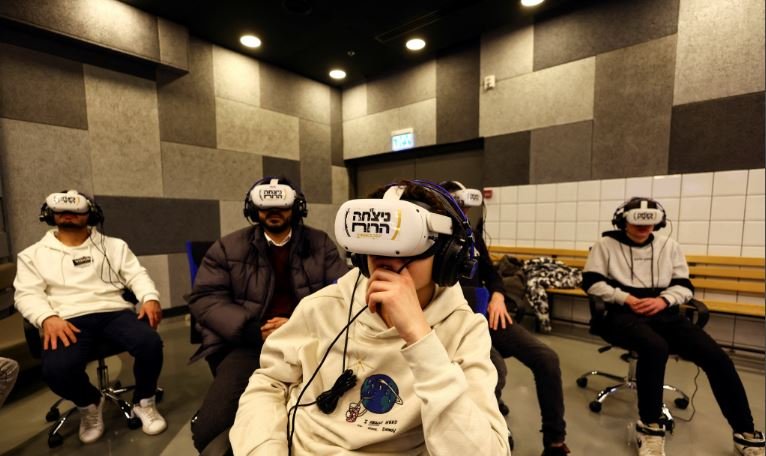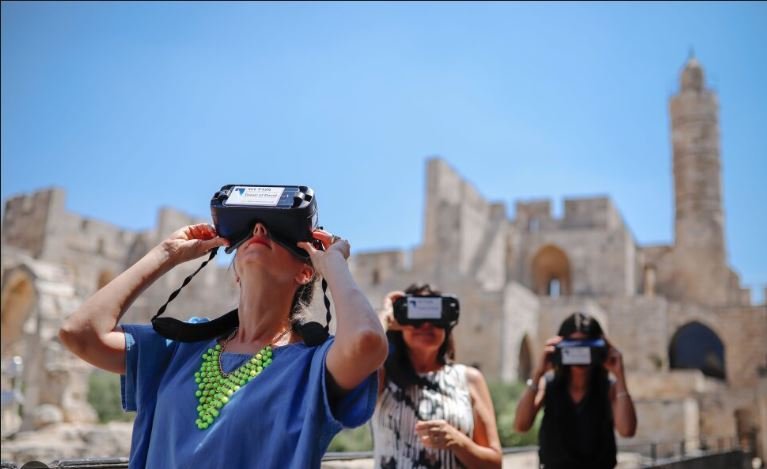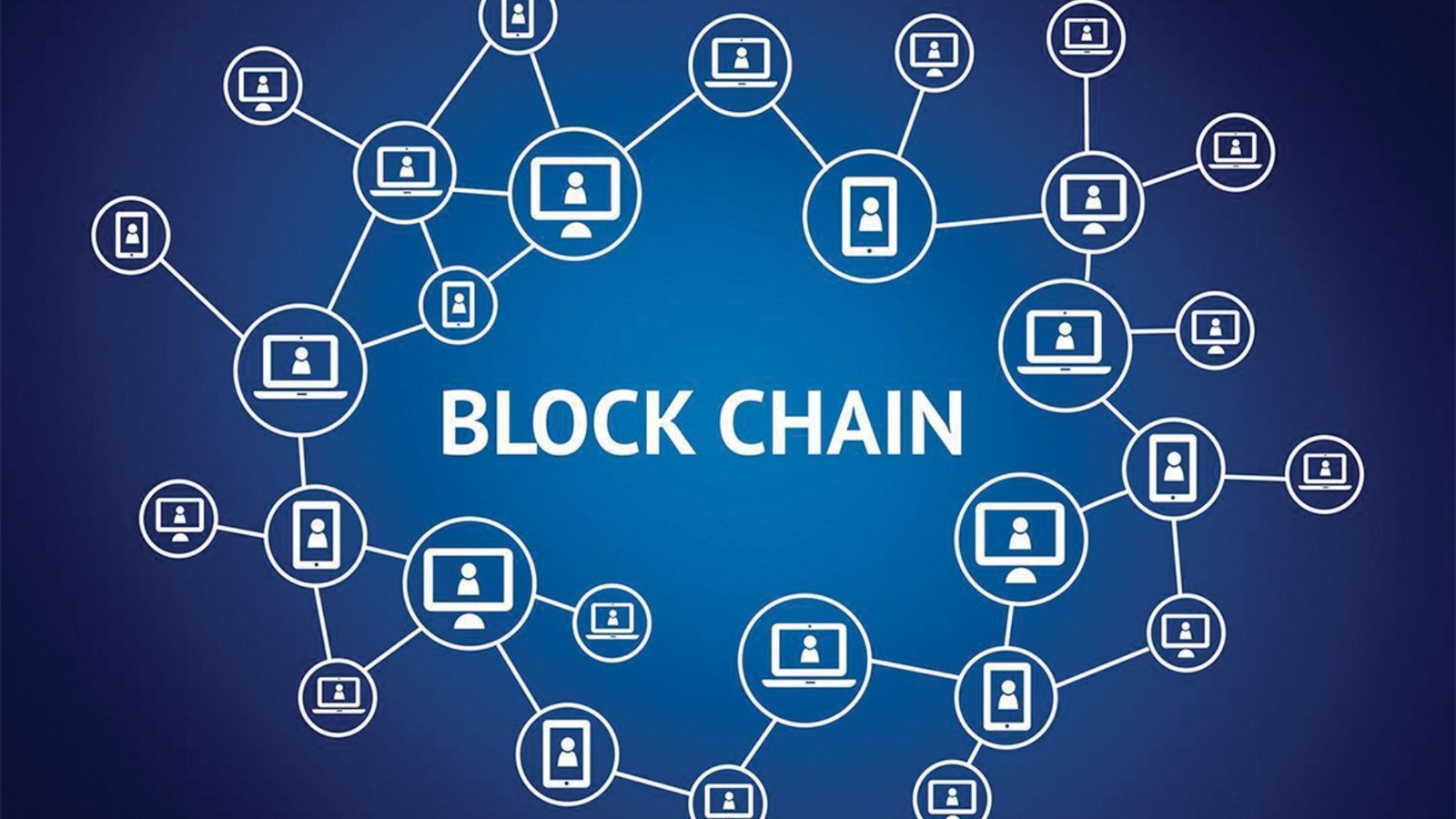Using virtual reality to explore Jewish history and heritage opens up new avenues for education and engagement. This technology allows users to immerse themselves in significant historical events, cultural practices, and sacred sites from the comfort of their own homes. By leveraging virtual reality, individuals can gain a deeper understanding and appreciation of Jewish history and heritage in an interactive and dynamic way.

Virtual Tours of Historical Sites
Virtual reality offers the ability to take virtual tours of historical sites significant to Jewish history. Users can explore ancient synagogues, historical landmarks, and archaeological sites with detailed, 360-degree views. This immersive experience provides a unique opportunity to visit places like the Western Wall, Masada, and the Old City of Jerusalem, enhancing their connection to Jewish heritage.
Recreating Historical Events
Through virtual reality, users can witness and experience key events in Jewish history. This technology can recreate moments such as the Exodus from Egypt, the Maccabean Revolt, and the founding of the State of Israel. By immersing themselves in these events, users can better understand the challenges and triumphs that have shaped Jewish history, gaining a more profound appreciation for their significance.
Educational Programs and Interactive Learning
Educational programs utilizing virtual reality can bring Jewish history and heritage to life in classrooms and museums. Interactive VR lessons can engage students by allowing them to explore historical periods, meet historical figures, and participate in cultural practices. This hands-on learning approach makes history more tangible and memorable, fostering a deeper connection to Jewish heritage among younger generations.
Preserving Endangered Sites and Artifacts
Virtual reality plays a crucial role in preserving endangered Jewish historical sites and artifacts. By creating detailed digital replicas, VR ensures that these invaluable cultural treasures are protected for future generations. Users can explore these digital archives, ensuring that the knowledge and significance of these sites and artifacts are not lost, even if the physical locations are at risk.
Virtual Synagogue Experiences
Virtual reality enables users to attend synagogue services and experience religious rituals from anywhere in the world. Virtual synagogues can replicate the atmosphere and communal aspects of physical synagogues, providing a space for worship and learning. This accessibility allows individuals who cannot attend in person due to geographic or physical limitations to participate in religious life and stay connected to their faith.
Cultural Festivals and Traditions
Through virtual reality, users can immerse themselves in Jewish cultural festivals and traditions. VR can recreate celebrations like Passover, Hanukkah, and Purim, offering interactive experiences that explain the significance and customs of each holiday. Users can virtually participate in rituals, learn traditional songs and prayers, and experience the joy and community spirit of these celebrations.
Holocaust Education and Remembrance
Virtual reality serves as a powerful tool for Holocaust education and remembrance. VR can recreate concentration camps, ghettos, and other Holocaust-related sites, providing a visceral understanding of this tragic period. By experiencing these environments, users can gain a deeper empathy for the victims and survivors, ensuring that the horrors of the Holocaust are never forgotten.
Exploring Jewish Diaspora Communities
Virtual reality allows users to explore Jewish diaspora communities worldwide. VR can showcase the diverse cultural practices, traditions, and histories of Jewish communities in countries like Morocco, Ethiopia, and India. This exploration fosters a greater understanding of the global Jewish experience, highlighting the richness and diversity of Jewish heritage.
Interactive Genealogy and Family History
Virtual reality can transform the exploration of genealogy and family history. Users can create virtual family trees, explore ancestral homes, and interact with digital representations of their ancestors’ lives. This immersive approach makes family history more engaging and personal, helping individuals connect with their roots and heritage in a meaningful way.
Collaborations with Museums and Cultural Institutions
Museums and cultural institutions can collaborate with virtual reality developers to create immersive exhibits and experiences. These collaborations can enhance traditional museum displays, offering visitors interactive VR experiences that deepen their understanding of Jewish history and culture. By integrating virtual reality, museums can attract a broader audience and provide a richer educational experience.
Conclusion
Using virtual reality to explore Jewish history and heritage revolutionizes how we learn about and engage with the past. From virtual tours of historical sites to interactive educational programs, VR provides immersive experiences that deepen our connection to Jewish heritage. By preserving endangered sites, enhancing Holocaust education, and showcasing the diversity of Jewish diaspora communities, virtual reality ensures that Jewish history and culture remain vibrant and accessible for future generations.




